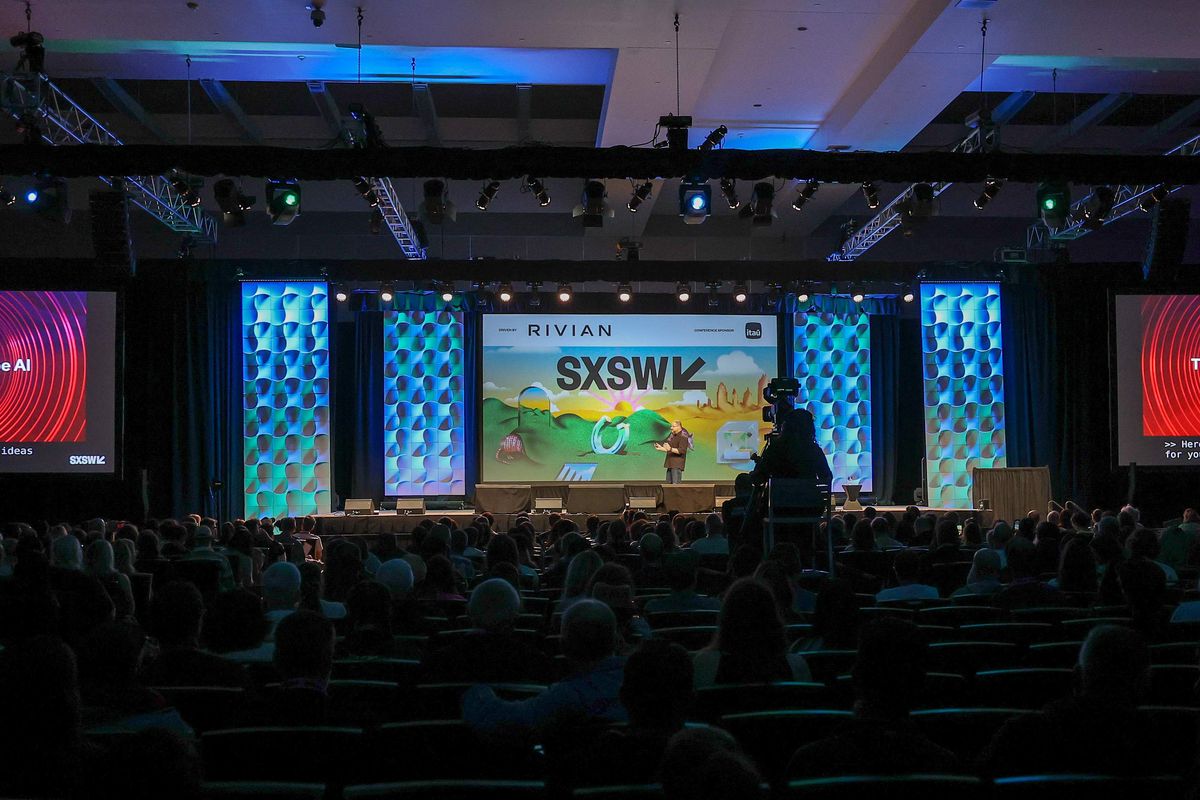Editor's note: Houston had some big stories in technology this year, from a peek inside Amazon's artificial intelligence-enabled Houston facility and the opening of a new supercomputer to space-focused Houston startups and the future of virtual reality.
Massive data center officially opens just west of Houston

Matthew Lamont is managing director at DownUnder GeoSolutions' which just opened its new, powerful data center west of Houston. Courtesy of DUG
DownUnder GeoSolutions has officially opened its new data centre in Skybox Houston in Katy, Texas. It's being billed as one of the most powerful supercomputers on earth.
The center, which houses DUG's geophysical cloud service, DUG McCloud, celebrated its grand opening on Thursday, May 16. The company's data hall has 15 megawatts of power and resides in a building designed to withstand hurricane-force winds up to 190 mph.
A second, identical hall is already planned to be built out later this year. Together, the two machines will have a capacity of 650 petaflop, which is a measurement of computing speed that's equal to one thousand million million floating-point operations per second. Continue reading.
5 startups keeping Houston known as the Space City

Houston celebrated 50 years since the Apollo moon landing on July 20. Here are some startups that are going to be a part of the next 50 years of space tech in Houston. Photo via NASA.gov
This month, for the most part, has been looking back on the history Houston has as the Space City in honor of the 50th anniversary of the moon landing on July 20. While it's great to recognize the men and women who made this city the major player in space exploration that it is, there are still entrepreneurs today with space applications and experience that represent the future of the Space City. Continue reading.
How Amazon's Houston fulfillment center uses AI technology and robotics to move millions of products

From robotics to artificial intelligence, here's how Amazon gets its products to Houstonians in record time. Photo by Natalie Harms/InnovationMap
Last summer, Amazon opened the doors to its North Houston distribution center — one of the company's 50 centers worldwide that uses automation and robotics to fulfill online orders.
The Pinto Business Park facility has millions of products in inventory across four floors. Products that are 25 pounds or less (nothing heavier is stocked at this location) pass through 20 miles of conveyor belts, 1,500 employees, and hundreds of robots.
The center also has daily tours open to the public. We recently visited to see for ourselves the process a product goes through at this Houston plant. From stowing to shipping, here's how packages go from your shopping cart to your front porch. Continue reading.
Developments in virtual reality technology are changing the workforce, say Houston experts

The solution to Houston's workforce problem might be right in front of our eyes. Getty Images
Everyone's job has training associated with it — from surgeons to construction crane operators — and there's a growing market need for faster, more thorough training of our workforce.
"The best way to learn how to do something, is to just get out and do it," says Eric Liga, co-founder of HoustonVR. "But there are a lot of reasons why you can't do that in certain types of training."
Augmented and virtual reality training programs are on the rise, and Liga cites safety, cost, and unpredictable work environments as some of these most obvious reasons reasons to pivot to training employees through extended reality. This type of training also provides portability and has proven higher retention, Liga says in his keynote speech at Station Houston's AR/VR discuss on April 25.
"You get a much higher retention rate when you actually go out and do something — physically going through the motions — than you do sitting in a classroom or reading a book," he says. Continue reading.
Recently renovated Downtown Houston office space snags leases from 2 tech companies

Main&Co's office space is now 100 percent leased. Courtesy of Main&Co
Two tech-focused companies moved into a newly developed office space in downtown Houston at the intersection of Main Street and Commerce Street. One company relocated its Houston office, and the other company has expanded to the city for the first time.
Oil and gas AI-enabled analytics platform, Ruths.ai relocated its downtown office to Main&Co, located at 114 Main St. The company has 8,457 square feet of office space in the recently renovated historic building.
Meanwhile, global robotics process automation company UiPath has expanded to build a Houston team. The computer software company is based in New York, but has a presence in 18 countries. The company's office has 5,187 square feet of Main&Co's office space. Continue reading.


























